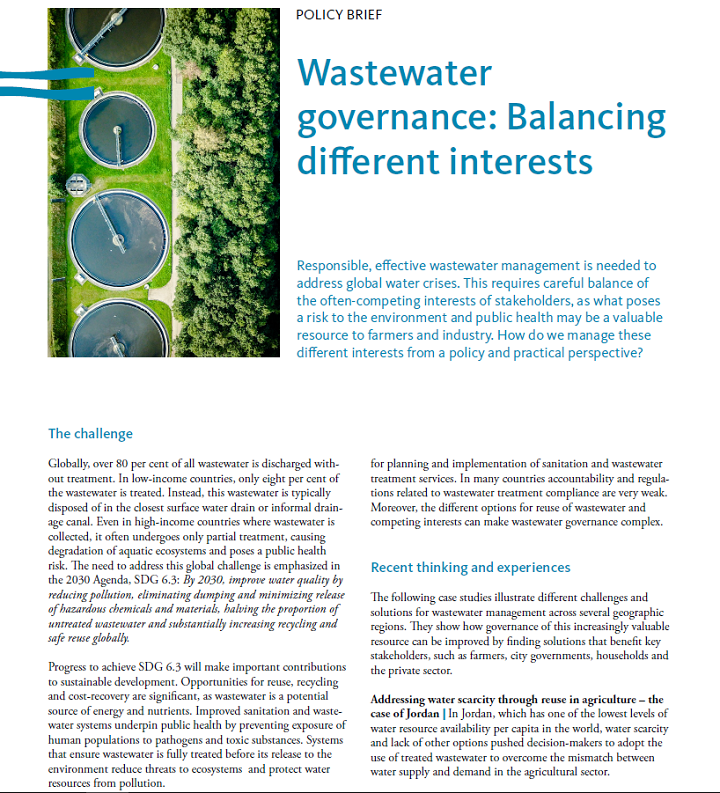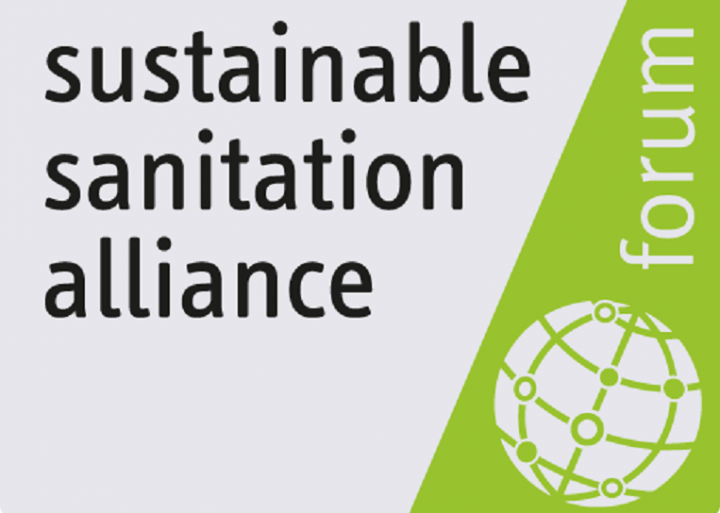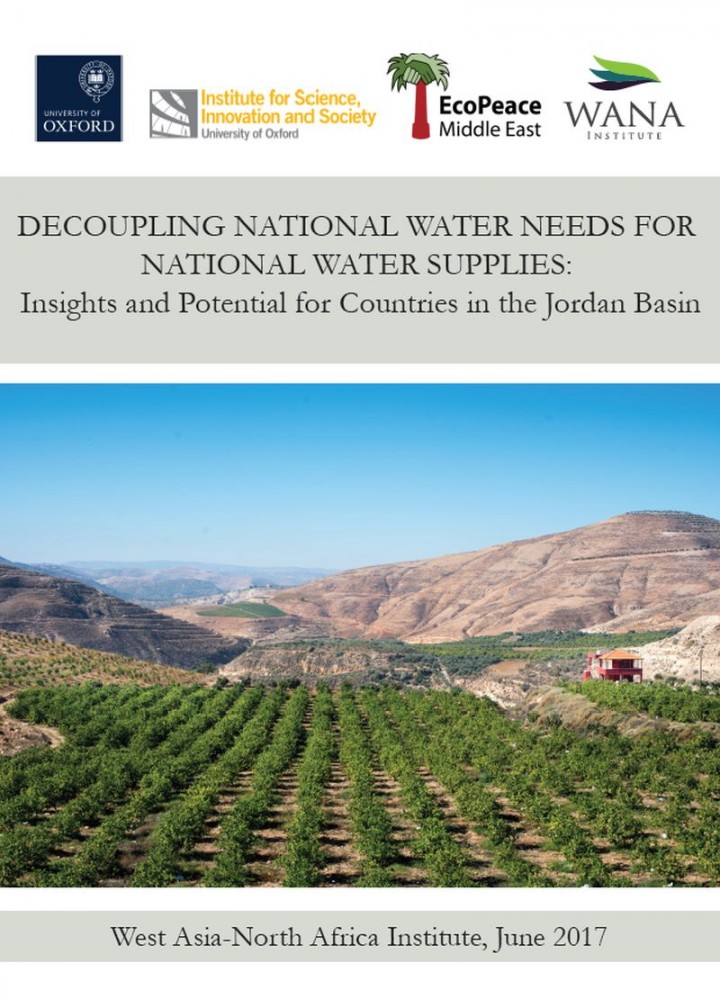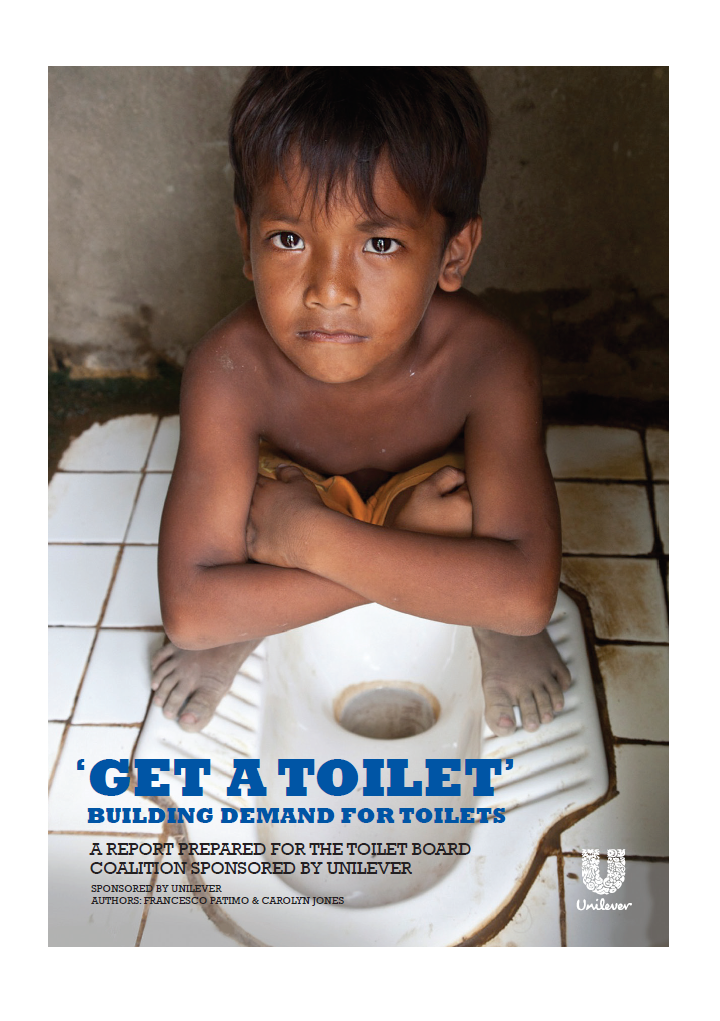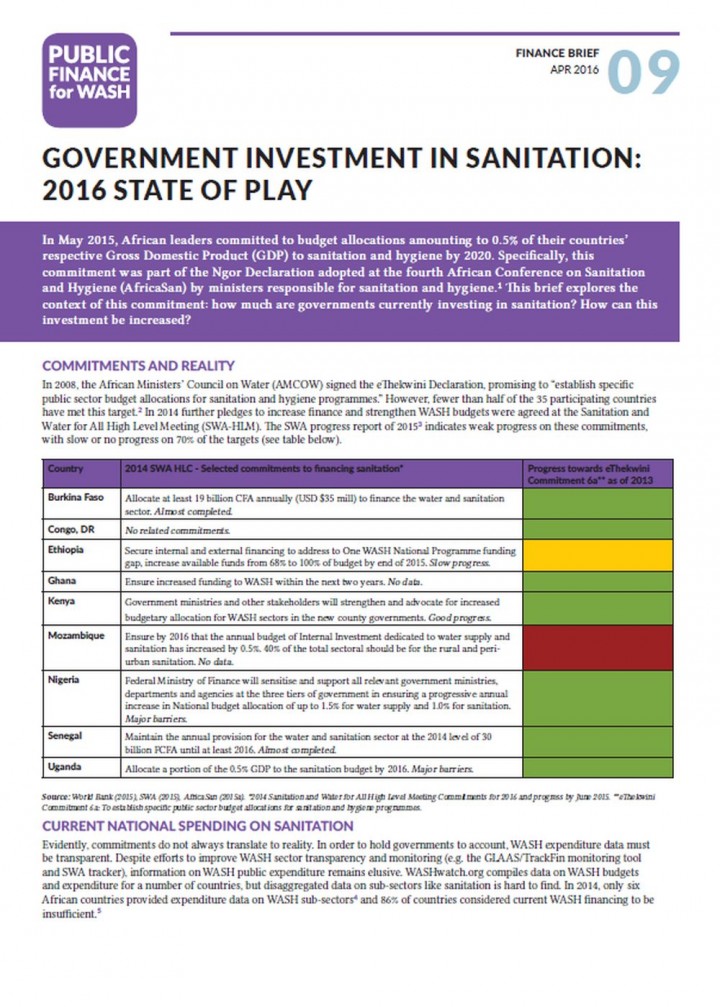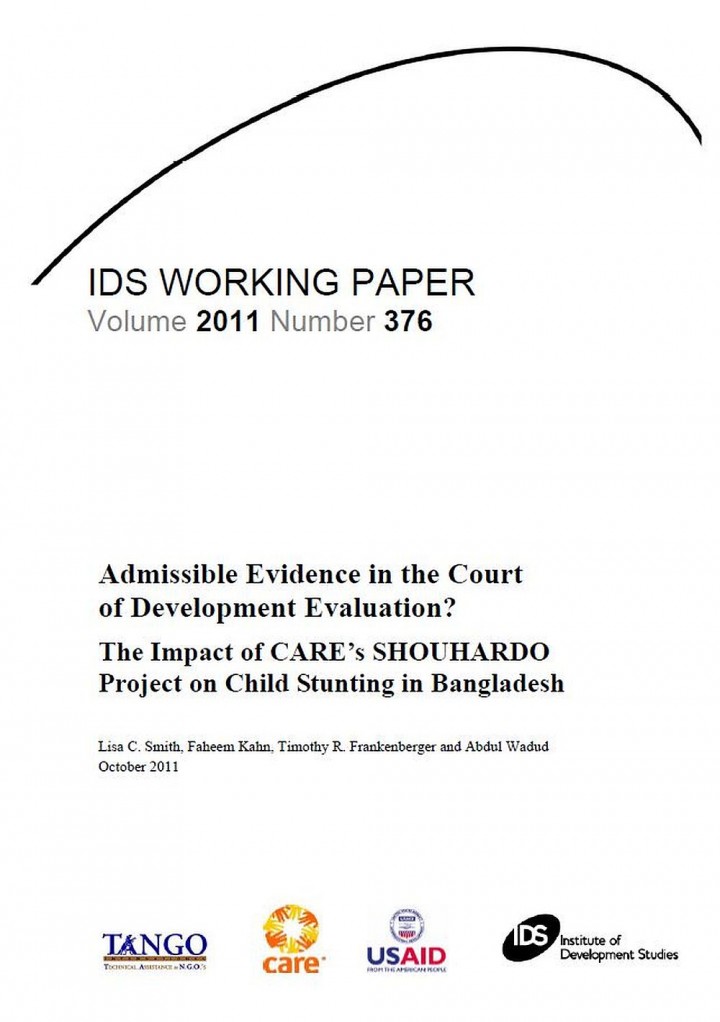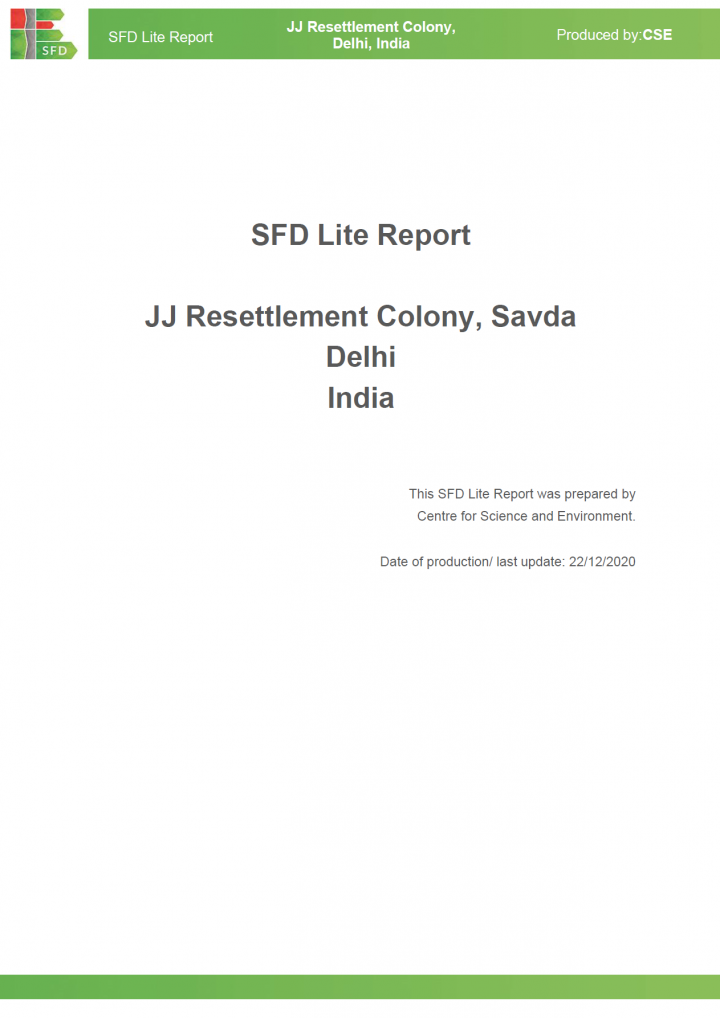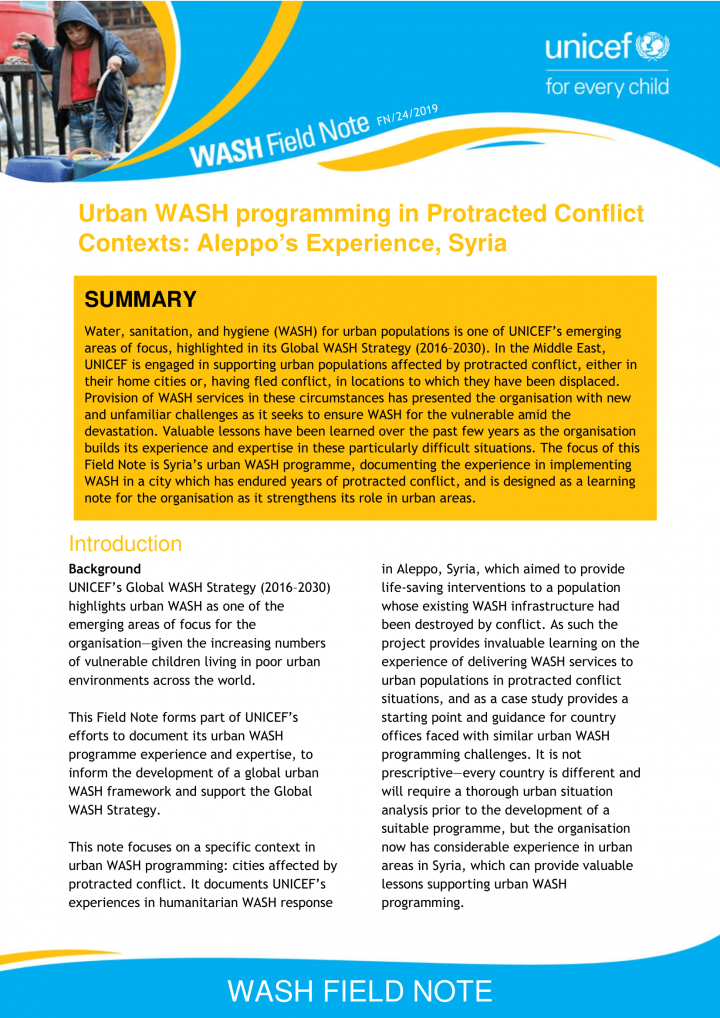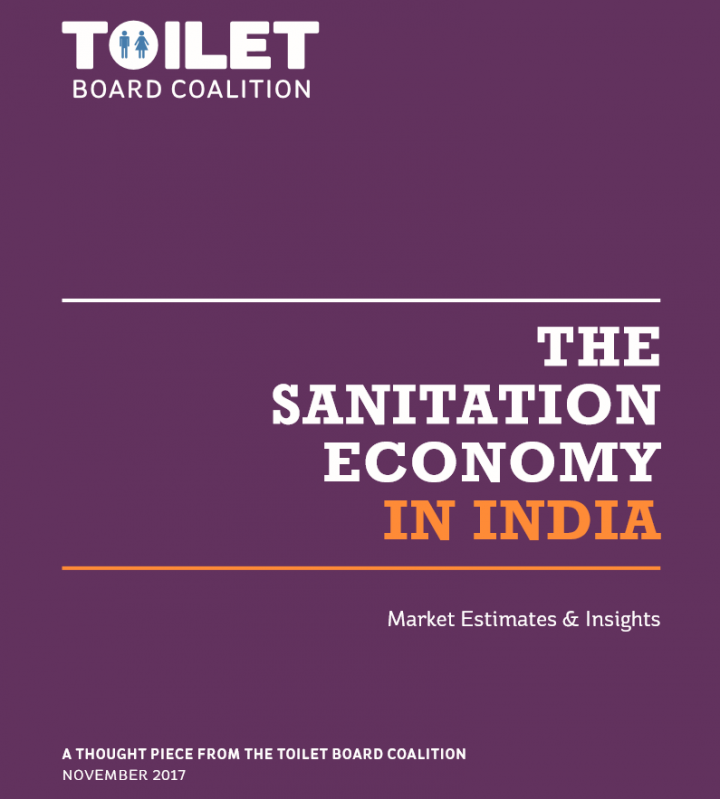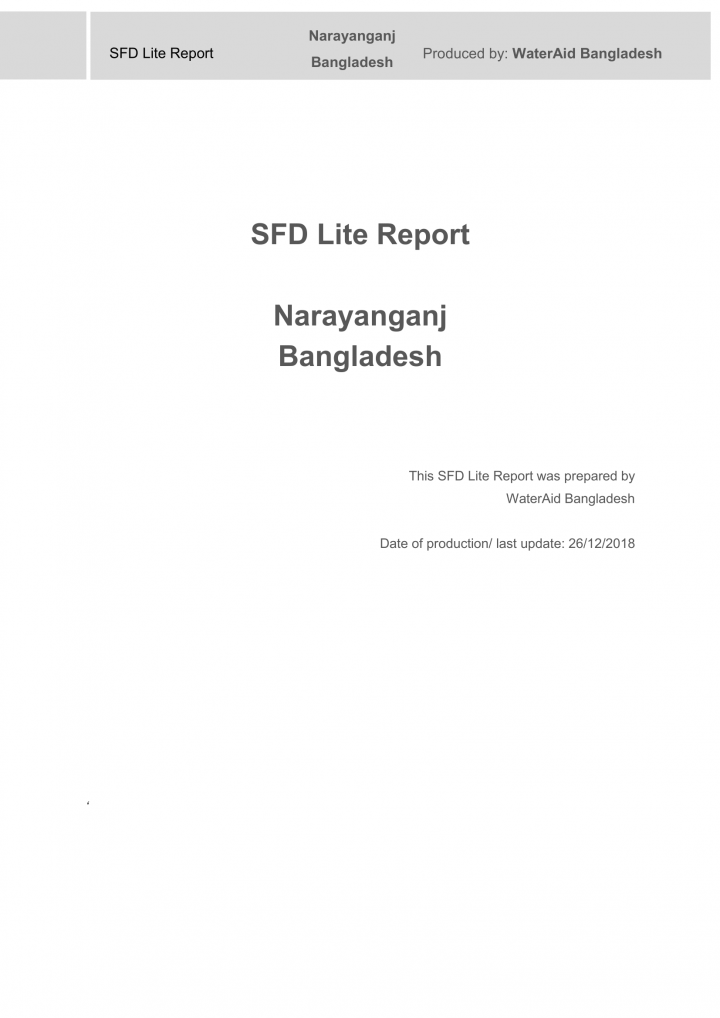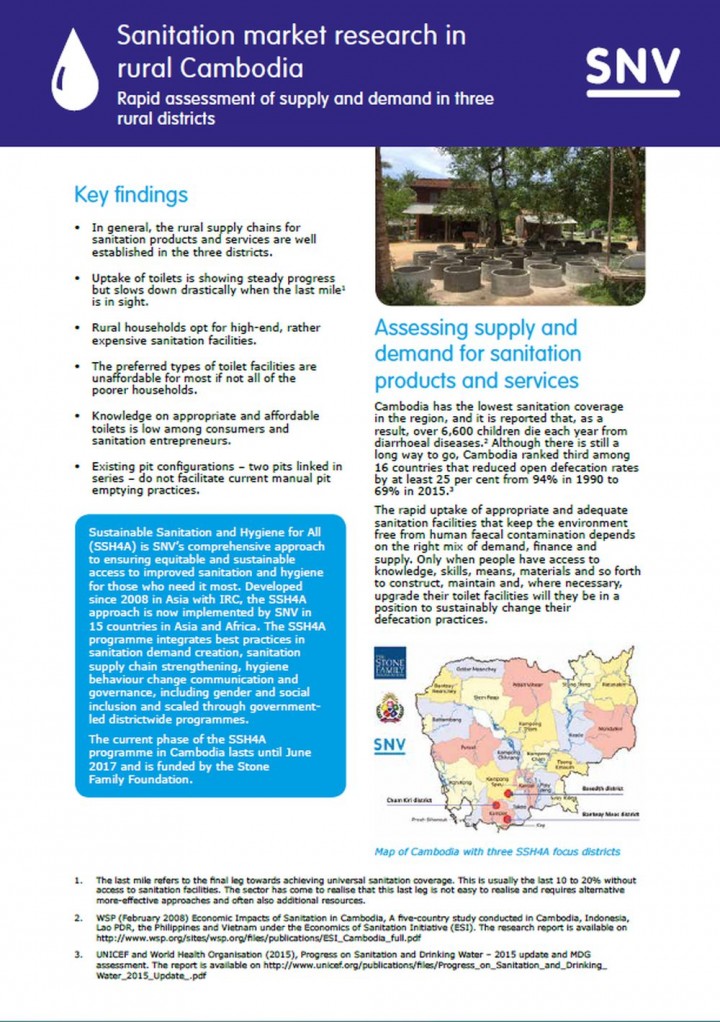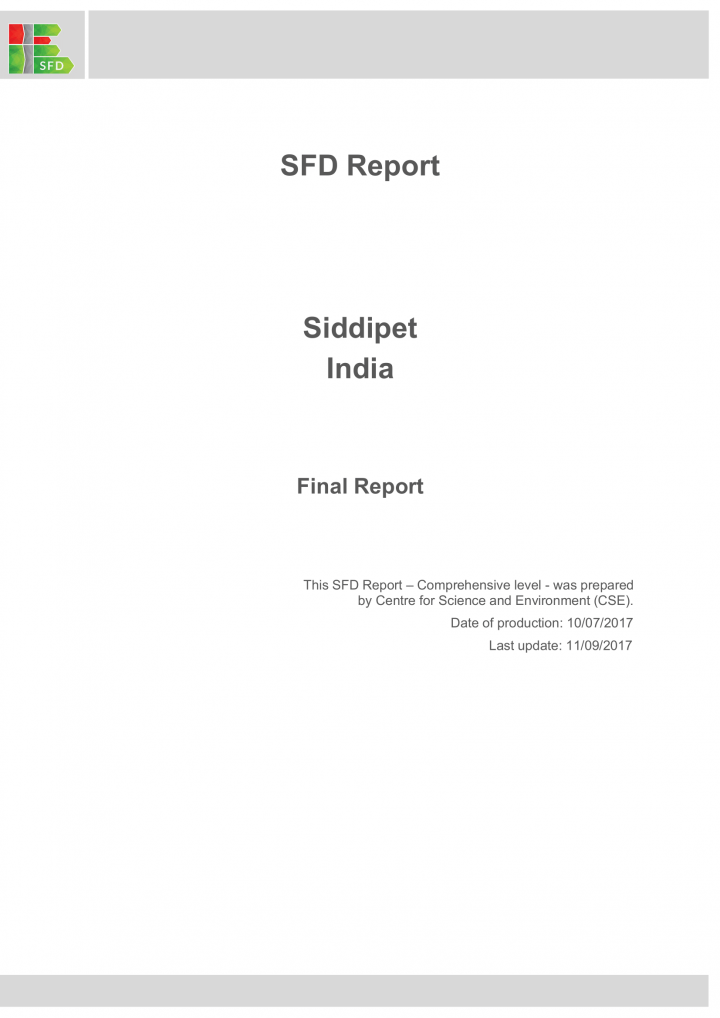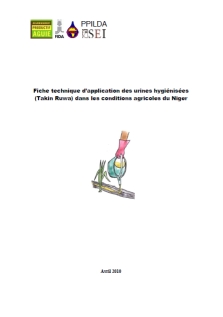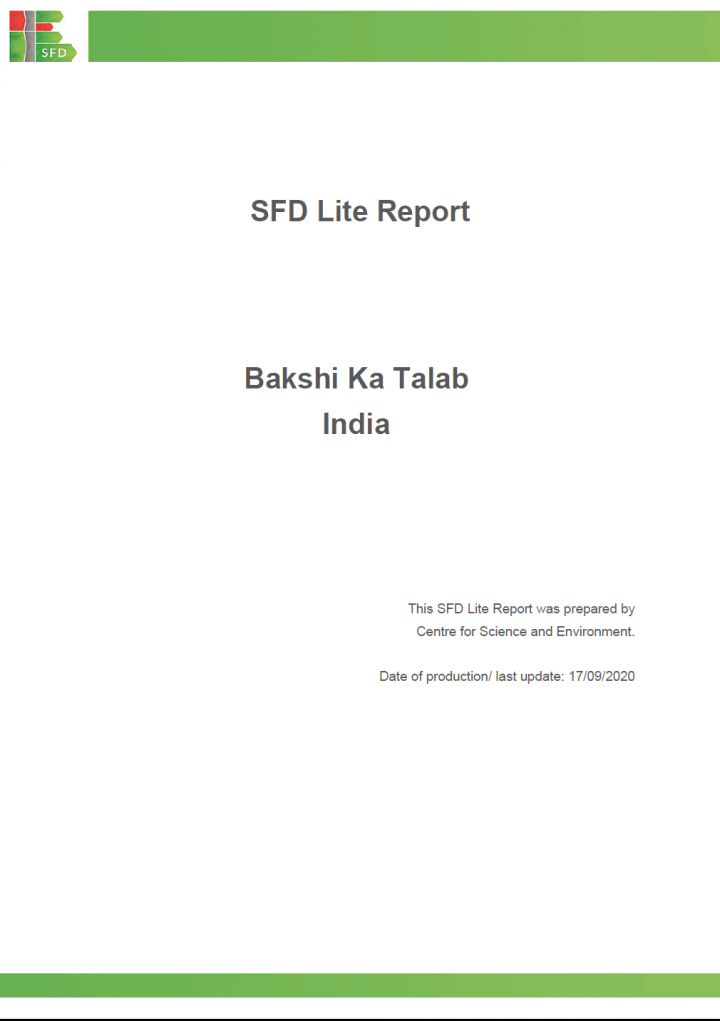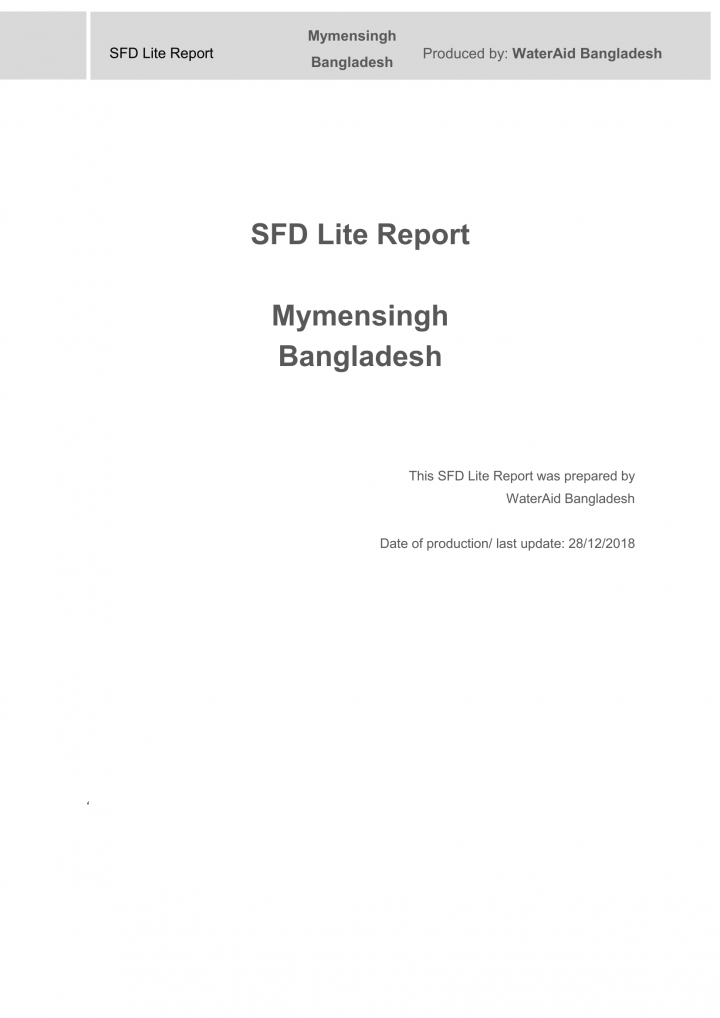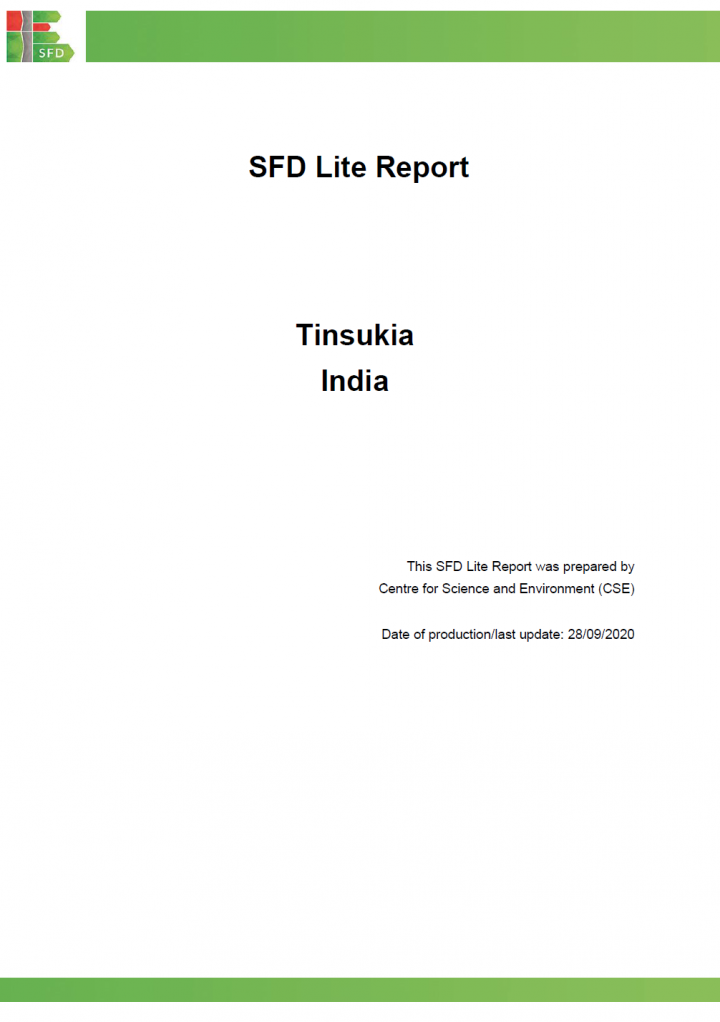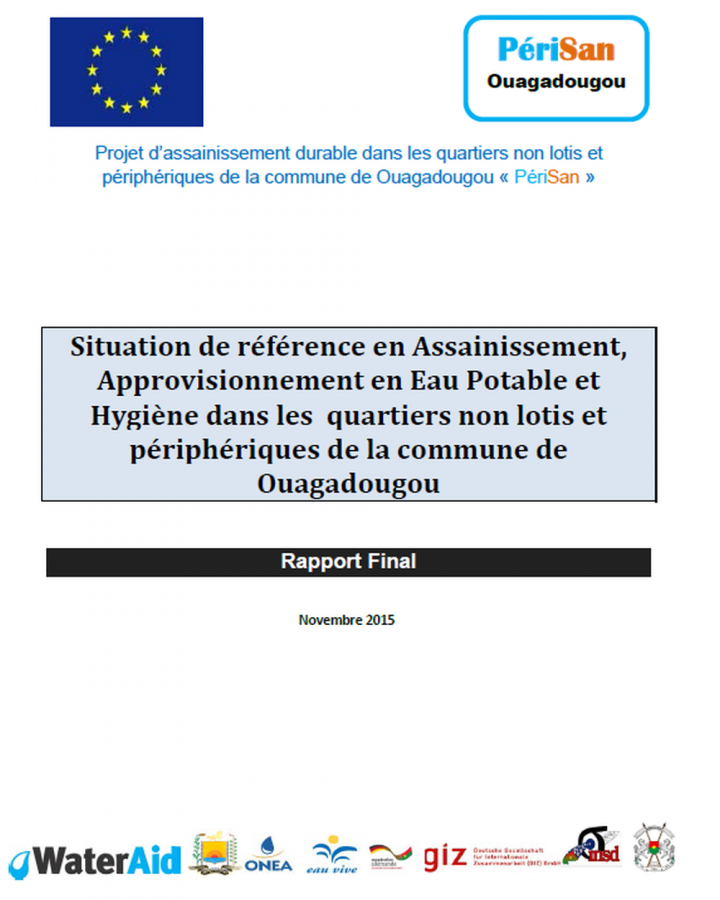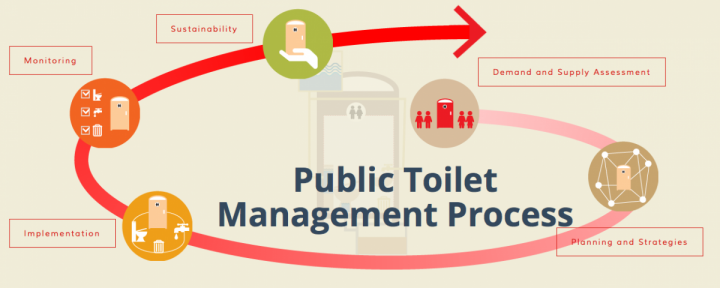Searching for information on Sanitation Workers?
The Sanitation Workers Knowledge + Learning Hub is the best source for all current news, trends, articles and updates on sanitation workers rights around the world.
Responsible, effective wastewater management is needed to address global water crises. This requires careful balance of the often-competing interests of stakeholders, as what poses a risk to the environment and public health may be a valuable resource to farmers and industry. How do we manage these different interests from a policy and practical perspective?
At World Water Week 2017, Stockholm …
# Context
The list of publications in this entry are outputs of two BMGF funded projects with our collaborators Tide Technocrats in India (OPP1188987) and Duke Center for WaSH-AID (OPP1173370).
# FSM5 Conference; Cape Town, South Africa, 2019
Presentation: Demonstrating Pathogen-Free Thermal Treatment Solutions Towards ISO/PC 318 Energy Neutrality Requirements
Presentation: …
The documents outlines information on health, water, sanitation and hygiene issues and includes 10 documents:
Diarrhoea Prevention, Transmission of Diarrhoea, Diarrhoea Treatment for adult and child: Definition and signs, Diarrhoea prevention on food, cleaning, water use, sanitation, two main ways of transmission, 3 treatment ways for adults and children
Personal Hygiene: in daily life during …
This report analyses and compares the water allocation and management experience of Jordan, Palestine and Israel using the lens of economic and resource decoupling to highlight past trends and future potential for jurisdictions in the region to circumvent limits on natural water resources. Like most Middle East economies, Jordan and Palestine face extreme water scarcity and potential food …
Unilever convened a group of like-minded companies, NGO’s and research professionals, with expertise in sanitation and marketing and a desire to take immediate action to address this issue.
The focus has been on households having access to their own toilet, either inside or outside the home. In particular the low LSM consumer, whose basic needs for food & shelter are met and who have some …
In May 2015, African leaders committed to budget allocations amounting to 0.5% of their countries’ respective Gross Domestic Product (GDP) to sanitation and hygiene by 2020. Specifically, this commitment was part of the Ngor Declaration adopted at the fourth African Conference on Sanitation and Hygiene (AfricaSan) by ministers responsible for sanitation and hygiene.1 This brief explores the …
Along with the rise of the development effectiveness movement of the last few decades, experimental impact evaluation methods – randomised controlled trials and quasiexperimental techniques – have emerged as a dominant force. While the increased use of these methods has contributed to improved understanding of what works and whether specific projects have been successful, their ‘gold …
The Savda Ghevra JJ Resettlement Colony was established in 2006. Spread across 250 acres, it was built on agricultural land owned by the neighbouring villages- Savda and Ghevra. It is located 30-40 km away from Delhi’s city centre near the Delhi- Haryana border in Tikri (Figure 2). There are no official estimates of the population but the colony is estimated to have a population over 46,000 (as …
Water, sanitation, and hygiene (WASH) for urban populations is one of UNICEF’s emerging areas of focus, highlighted in its Global WASH Strategy (2016–2030). In the Middle East, UNICEF is engaged in supporting urban populations affected by protracted conflict, either in their home cities or, having fled conflict, in locations to which they have been displaced. Provision of WASH services in …
The TBC is enabling private sector engagement; connecting large and small companies; and ensuring close collaboration between private, public and non-profit sectors with the common goal to achieve Sustainable Development Goal 6 (SDG6), universal access to sanitation.
Objectives:
- To develop a baseline understanding of the potential of new markets derived from the Sanitation Economy as well …
Narayanganj City Corporation (NCC) is situated in the south of Dhaka city within the district of Narayanganj, part of Dhaka division. Narayanganj City Corporation (NCC) is the country’s 7th largest city corporation, established on 21st March 2011. Comprised of 27 wards, the city is approximately 72.43 sq. km with a population of 709,381.
The SFD assessment has shown that 94% of the excreta …
WASH in health care facilities is a fundamental prerequisite for achieving national health goals and Sustainable Development Goals (SDGs) 3 (ensure healthy lives and promote well-being) and 6 (ensure availability and sustainable management of water and sanitation). Safe water, functioning hand washing facilities, latrines, and hygiene and cleaning practices are especially important for improving …
Key Fndings
• In general, the rural supply chains for sanitation products and services are well established in the three districts.
• Uptake of toilets is showing steady progress but slows down drastically when the last mile 1 is in sight.
• Rural households opt for high-end, rather expensive sanitation facilities.
• The preferred types of toilet facilities are …
Siddipet is a city in Siddipet district of the Indian state of Telangana. It is a municipality and the headquarters of Siddipet mandal administrative division. The city is spread over an area of 36.03 sq.km and is divided into 34 municipal wards and 12 revenue wards. Komati Cheruvu, Narsapur Cheruvu and the Yerra Cheruvu are the major
lakes of the city. The city is 110 km away from Hyderabad, …
The WHO/UNICEF JMP has expanded its global databases to include WASH in health care facilities. The 2019 global baseline report includes harmonized national estimates as well as regional and global estimates for 2016.
The Key messages for sanitation are:
In 2016:
1. 18 countries and only one SDG region had sufficient data to estimate coverage of basic sanitation services in health care …
This SFD Intermediate Report was developed for Buffalo City Metropolitan Municipality (BCCM). The BCCM is categorised as a Category A Metropolitan Municipality. Initially established as a local municipality in 2000 after South Africa's reorganisation of municipal areas, it was separated from the Amathole District Municipality and converted into a Category A metropolitan municipality. The main …
Bakshi Ka Talab Nagar Panchayat is a city under the Bakshi Ka Talab sub district of Lucknow district in the state of Uttar Pradesh in India. City is an organised settlement developed by Lucknow Development Authority (LDA). The city gets its name as Bakshi Ka Talab, which was constructed in 1807 by King Tripuresh Chandra Bakshi, while enroute to Nepal and took a halt in the area.
The population …
Mymensingh is one of the districts of Mymensingh division. Mymensingh is governed by Mymensingh City Corporation which comprises of 21 wards. According to data from 2017 the total population of Mymensingh City Corporation is about 478,889, the population density is 1,163/Sq Km and the annual growth rate is 1.28%.
The SFD assessment has shown that 100% of the excreta generated in the city are …
Faecal Sludge and Septage Management has been a neglected area in Indian cities. It has not received attention because of poor understanding of faecal sludge/ septage and lack of proper technical guidance. In this context a training module was developed aimed at training institutes from various states of India that regularly provide training to ULB officials. This two day training programme was …
Tinsukia, the headquarter town of Tinsukia district, is situatedon NH-37 in the north-eastern part of the state of Assam, India. Originally Tinsukia was the capital of Motok Kingdom and was known as ‘Changmai Pathar.’ Located at a distance of 491km east of State Capital, Dispur, it is strategically connected to surrounding tea gardens, oil towns, coalfields, orange cultivations and other …
La situation de l’assainissement et de l’approvisionnement en eau potable des quartiers non lotis et périphériques des communes urbaines du Burkina Faso n’est pas suffisamment connue et rend difficile la planification des différents programmes et projets dans ces zones. En effet, il n’existe pas pour le moment d’informations précises sur l’AEPA des populations vivant dans ces …


